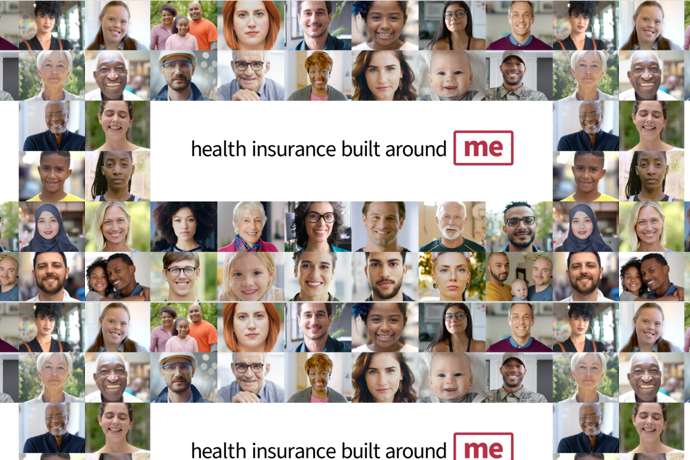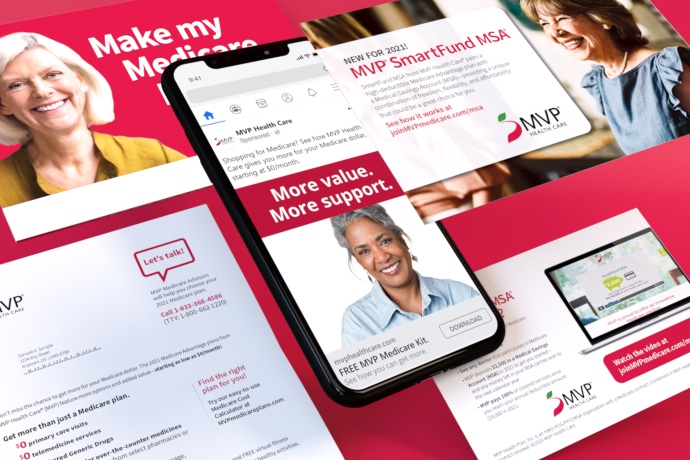Health Care Innovation is Challenging – and Also Necessary

The Guardian recently published an article, “10 Barriers to Health Care Innovation,” which got us thinking about some of the, well, healthcare innovators we’ve been hearing a lot about lately. From insurers embracing wearable tech to germ-killing robots in hospitals, what had been “big ideas” not so long ago for the healthcare industry are, slowly (but surely!), becoming reality. New technologies are helping to make healthcare services possible in ways we’d never thought we’d need… and now we can’t stop thinking about what’s coming next.
But The Guardian article reminds us that – when it comes to healthcare, especially – there are many considerations that must be made and concerns that must be addressed before big changes can happen or new technologies can be implemented. The author writes, “The healthcare sector is highly complex, and the medical care delivery ecosystem is under increasing pressures due to rising costs and patient expectations. These pressures and the inherent nature of the industry itself make innovation in healthcare more complicated than in the consumer products sector.” He goes on to cite things like product distribution, regulatory oversight and access to quality manufacturers as obstacles that must be overcome in order for innovators in medicine to move forward (click here to read his full list).
However, we believe that it’s precisely because of these rising costs and patient expectations (among other things) that healthcare innovation is necessary. Number 8 on his list is the “high-stress environment” of healthcare – that’s what innovative new technologies and services are working to alleviate. Number 7 on his list is the longstanding “health care culture” – but that culture (where patient care is always job one, leaving less time to learn and adopt new systems) is changing as the industry itself is changing.
Yes, innovation in healthcare will be slow and challenging. In a culture of “first do no harm,” it may take a bit longer to get there. But it will happen… it is happening. And we’re all – patients, providers and payers – going to benefit from it.






